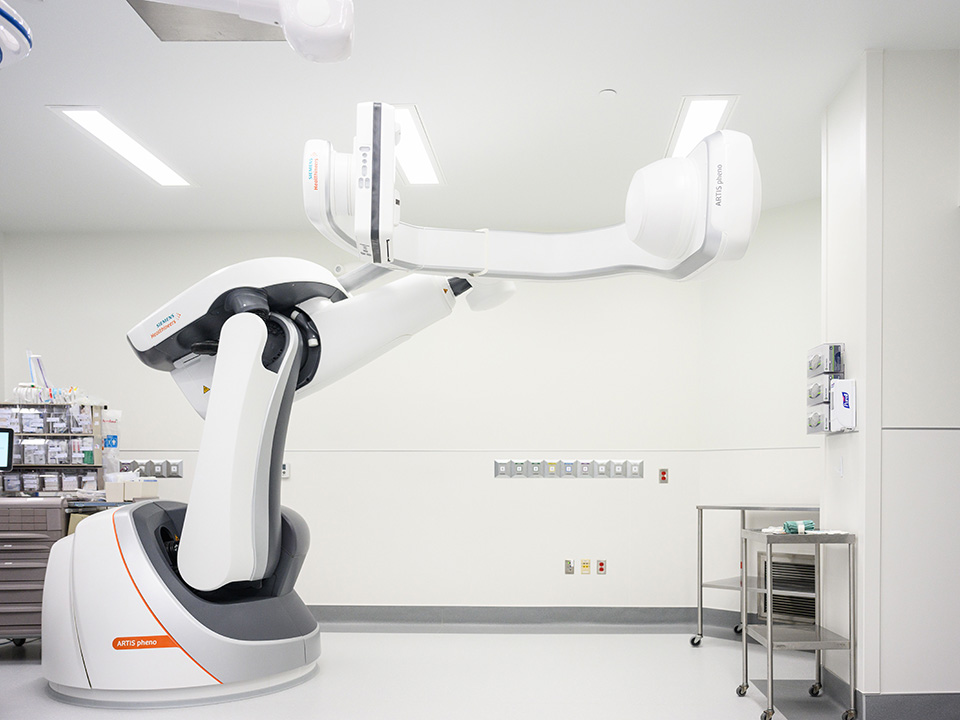We pay attention to your pre- and post-surgical care as well as your surgery itself because successful outcomes are the sum of all the parts. That’s what makes us different.

Faster from surgery to recovery
When you need complex surgery, you want the safest, least-invasive option with the fastest recovery time. With robotically assisted procedures across 10 different specialties, we can provide quicker recovery times, less pain, and lower risk of complications.

What does Corewell Health provide? Precise tools, big results.
While all our general surgeons offer minimally-invasive laparoscopic surgical techniques, many are now specially trained in the da Vinci®™ Surgical System. The system enhances visualization and precision by up to 10 times compared to traditional surgery, while also performing more than 1,000 safety checks per second, allowing for safer, more complex surgical procedures. As well as more safety checks during surgery, often recovery times and hospital stays are reduced with this system.
Choose the right surgeon for you
Get a referral from your primary care provider and find a doctor who specializes in your unique needs.

